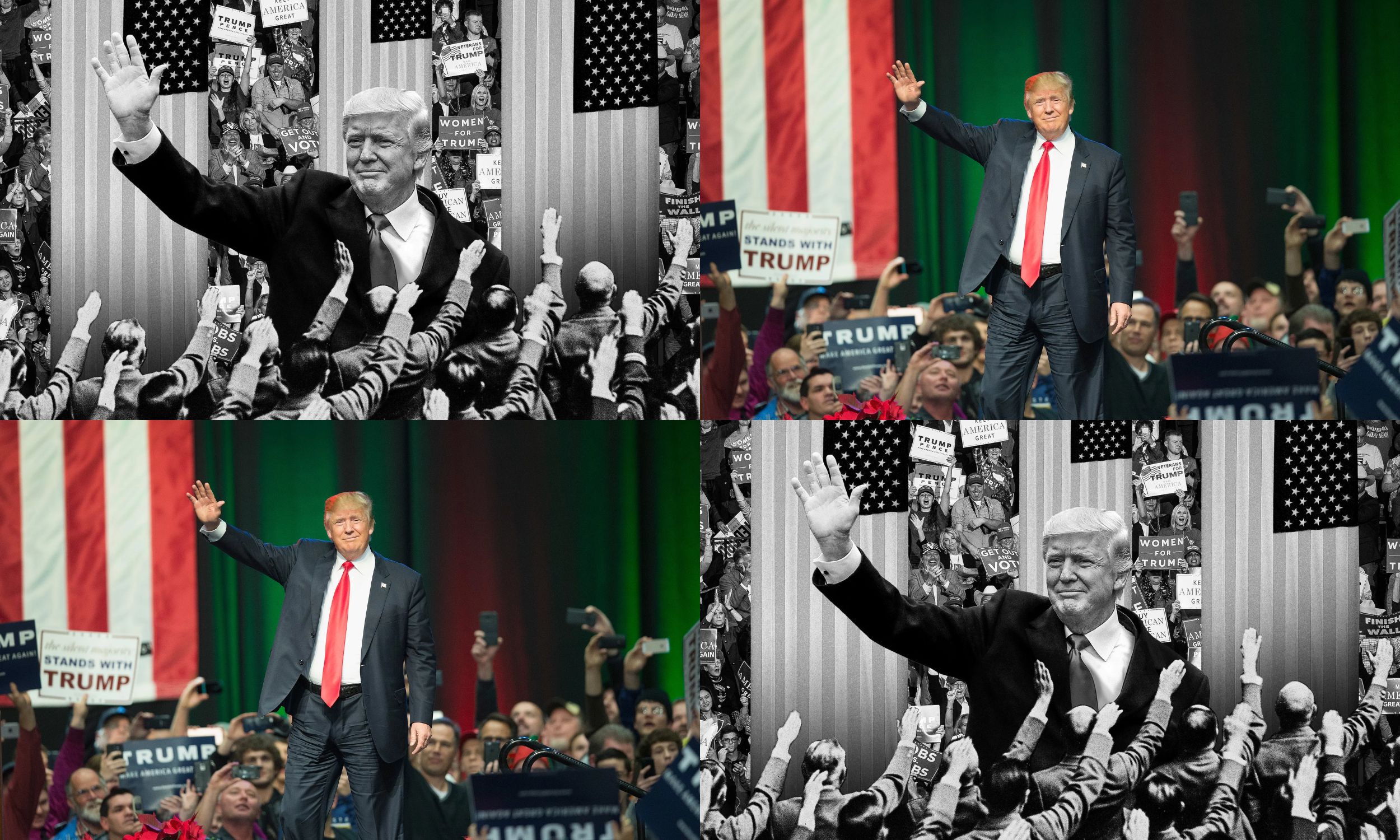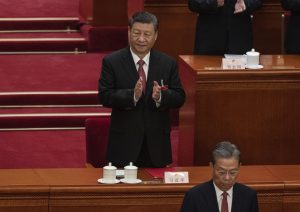Increasingly, President-elect Donald Trump has been described as a fascist, even by former high-ranking members of his administration. However, labeling him as such oversimplifies his actions and misrepresents the historical weight of true fascism. While Trump’s rhetoric and certain policies may seem authoritarian or nationalistic, they lack the core structure and ideological foundation that define classical fascism.
For instance, fascism typically involves a state-driven initiative to create a fully authoritarian, nationalist regime with total control. Trump, however, has often undermined his own government’s coordination, fostering chaos rather than centralizing power as seen in fascist regimes.
Leaders like Mussolini and Hitler focused on building tightly controlled, militarized states with extensive state planning, consolidating power and controlling society through force. Trump’s administration, by contrast, was marked by a lack of coordination, with his unpredictable decision-making and preference for personal loyalty often leaving federal agencies without a clear direction.

Historical context shows key differences between Trump and true fascists
Additionally, although Trump’s rhetoric can be nationalistic, it never reached the level of suppressing opposition or dismantling the democratic process as fascist regimes have done. During his first term, American institutions, such as the judiciary and the media, remained active and challenged his policies, exemplified by the courts blocking parts of his travel ban.
Even during the January 6 Capitol insurrection, law enforcement, Congress, and the courts continued to function and pursued legal action. This enduring resistance to centralized control marks a huge distinction from true fascist regimes, where dissent is eradicated by state forces.
Fascist regimes are notorious for scapegoating specific groups and enforcing racial or cultural purity. Trump, however, concentrated on immigration, particularly illegal immigration, and his policies reflected deportation efforts more akin to those of past administrations rather than racial purity laws.
Despite his inflammatory rhetoric, Trump’s policies did not systematically strip rights from entire groups or involve brutal oppression, as seen in the racial laws of fascist regimes such as Italy’s anti-Jewish laws or Germany’s Nuremberg Laws.
While Trump’s leadership attracted a strong following, the intensity of his “cult of personality” does not compare to the almost divine reverence seen in fascist dictatorships. Mussolini and Hitler were glorified through state-driven propaganda aimed at fostering unwavering loyalty.
Trump’s appeal, however, is rooted in his populist, anti-establishment persona, which resonates with cultural and political divisions in American society rather than a unified fascist movement. His opposition remains vocal and widespread, a feature that fascist systems typically suppress.
In the broader context of global authoritarianism, Trump’s leadership aligns more with populist authoritarianism than fascism. He shares characteristics with populist leaders in other democratic systems, who use strong populist messages to address public discontent with traditional politics.
Trump’s populism—his critiques of globalization, government inefficiency, and elite interests—addresses the frustrations of many Americans, but populism does not equate to fascism. Democracy has historically resisted populist figures through checks and balances, as was evident during Trump’s first term.
The danger in calling Trump a fascist is that it dilutes the term, applying it to any leader with authoritarian tendencies or populist rhetoric. Doing so diminishes the specific meaning of fascism, which historically involved a militarized and coordinated suppression of opposition and campaigns for cultural purity. Unlike true fascist regimes, the United States’ democratic system proved resilient during Trump’s presidency, with opposition powers and institutions still operating.
While Trump’s actions reflect a growing trend of authoritarian populism, they fall far short of the brutal power consolidation and singular societal vision that define fascism. Calling Trump a fascist oversimplifies his impact and distorts the understanding of genuine fascism.
Instead of using such a historically charged term, both critics and supporters of Trump would benefit from a more nuanced understanding of his political approach, the strength of democratic checks and balances, and the critical differences between populist authoritarianism and fascist regimes.
Andrew Latham is a professor of international relations at Macalester College in Saint Paul, Minn., a senior fellow at the Institute for Peace and Diplomacy, and a non-resident fellow at Defense Priorities in Washington, D.C.























